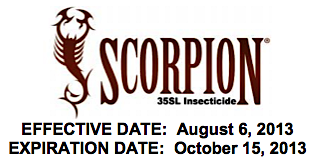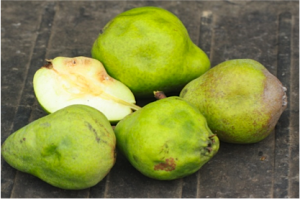Fruit IPM Report 8-17-13 – Click to View | Download | Print
In this report:
Section 18 Emergency Exemption
for use and distribution only within the state of New Jersey
for control of BMSB in pome and stone fruit
CLICK TO VIEW LABEL
- BMSB
- Peach
- Apple
- Grape
- Scouting Calendar
- Blueberry
- Trap Counts




